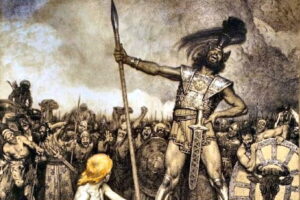10 Most Daring Military Raids in History
Outnumbered, isolated, and operating in the shadows—there’s something undeniably thrilling about the idea of a small team pulling off a daring raid. It’s a scenario that’s been romanticized in movies, TV shows, and books, and for good reason. The stakes are high, the odds are stacked against them, and the mission often feels personal. Unlike larger military operations, where the focus might be on strategy or protecting civilians, raids are all about precision, bravery, and sometimes, a bit of luck. And let’s be honest, there’s a certain “fun” factor in imagining yourself as part of such a mission—minus the real-world risks and responsibilities, of course.
What makes raids even more fascinating is the potential for individual glory. With fewer people involved, every action counts, and there’s less chance for someone’s contribution to go unnoticed. It’s not just about the mission’s success; it’s about the stories that come out of it—the moments of heroism, the close calls, and the sheer audacity of pulling off the impossible.
While many raids are tactical moves designed to drain enemy resources or capture a specific target, some have had far-reaching consequences. These operations have literally reshaped history, turning the tide of wars or altering the course of events in ways no one could have predicted. Some remain shrouded in mystery, their details locked away in classified files. Others are so impactful that their stories explode into the public eye, becoming legends in their own right.
Whether it’s the thrill of the mission, the allure of individual heroism, or the historical significance, raids capture our imagination in a way few other military operations can. They’re a reminder that sometimes, it’s the small, daring actions that leave the biggest mark.
10.Operation Flipper
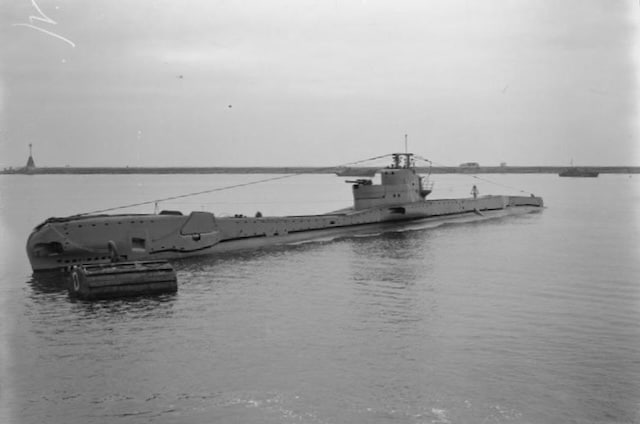
When we think of daring military missions, we often imagine heroic successes, but history reminds us that even the boldest plans can go awry. Take, for instance, the mission led by Colonel Robert Laycock and his 59 commandos on November 10, 1941. Their goal? To sneak into Axis-controlled Tunisia, raid Sidi Rafa, assassinate the legendary Lt. General Erwin Rommel, and dismantle the Italian high command in North Africa. If successful, it could have shifted the tide of World War II in the Allies’ favor. But as we’ll see, reality had other plans.
The mission faced its first major setback before the commandos even reached land. A fierce storm struck on November 14, forcing the submarine Talisman aground. Only seven of the original 60 commandos made it ashore. Despite losing nearly half their team without firing a single shot, Laycock pressed on. The weather, however, wasn’t done with them. Torrential rains battered the group as they trudged toward their target. By November 17, they launched their two-pronged attack, determined to complete their mission.
The commandos managed to kill three German colonels and destroy a supply dump—no small feat under such conditions. But here’s the twist: Rommel wasn’t even there. The same storm that had plagued the commandos had convinced him to stay in Rome. The mission, though daring, ultimately failed to achieve its primary objectives. The cost was steep: only two commandos made it back to British lines, and it took them five grueling weeks of evasion and survival.
This story was later loosely adapted into the 1971 film Raid on Rommel, which took considerable creative liberties. While the mission’s audacity is undeniable, it serves as a reminder that bravery alone doesn’t guarantee success. Sometimes, even the most carefully laid plans can be undone by forces beyond our control—like a stubborn storm or bad timing.
So, the next time you hear about a daring raid or a bold plan, remember Laycock’s commandos. Their story is a fascinating blend of courage, misfortune, and the unpredictable nature of history. It’s a tale that’s as intriguing as it is humbling, proving that not all heroic efforts end in triumph.
9.Raid on Boulogne
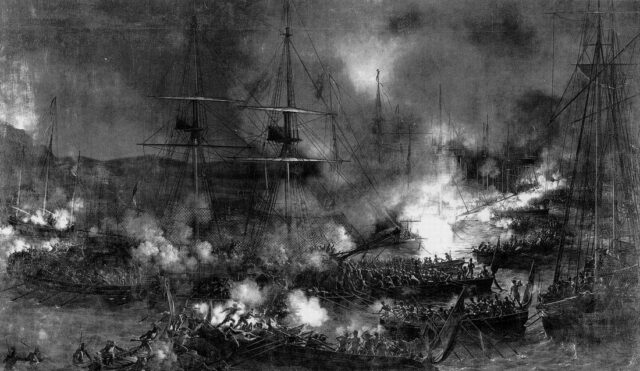
Napoleon Bonaparte once claimed that if France could control the English Channel for just six hours in the early 1800s, they could dominate the world. To the British, this wasn’t just empty talk—it was a serious threat. The French were rapidly assembling a powerful navy, and by 1804, the British decided it was time to act. Their target? The 150 French ships stationed in the heavily fortified port of Boulogne.
The British navy launched a daring raid, deploying a fleet armed with a revolutionary new weapon: torpedoes, designed by Robert Fulton. While the attack itself caused minimal physical damage—only about 14 French casualties and little harm to the ships—it had an unexpected and far-reaching impact. The real blow wasn’t to the French fleet but to their morale. The explosions from the torpedoes sent shockwaves through the French military, both literally and figuratively. Panic set in, and the ambitious plans to invade the United Kingdom were abruptly shelved. Instead of preparing for an offensive, the French focused on reinforcing their ports, fearing another attack.
What’s fascinating is how such a small-scale raid, which didn’t cost the British a single life, could have such a massive psychological effect. It’s a reminder that sometimes, the most significant victories aren’t about brute force but about outsmarting your opponent. The Raid on Boulogne might not have been a flashy, large-scale battle, but it arguably saved Great Britain from a potential invasion. Not bad for a mission that relied more on brains than brawn.
8.The Great Raid of 1840
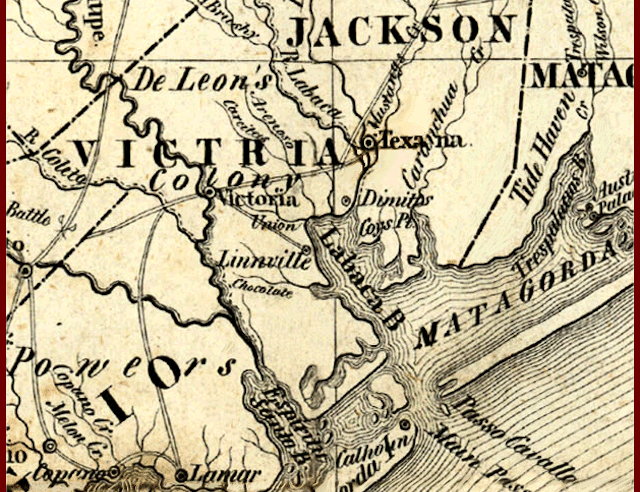
On March 19, 1840, leaders of Comanche and Penateka tribes in Central Texas were engaged in peace talks with Texas leaders. Owing to one freed hostage’s account, the Texan authorities threatened that unless all hostages were returned, every Native American participant could consider themselves a hostage. When the Comanche refused, a fight broke out which left more than 30 Comanche, including women and children, dead. So it was that by August 6, 1840, between 600 and 1,000 Comanche men under the command of Buffalo Hump rode into Texan territory in reprisal.
First, they sacked the community of Victoria, killing fifteen as the rest huddled in the Southern district. The war party rode along the Guadalupe River, coming to a stop in and sacking the community of Linnville, outside San Antonio. The Comanches then retreated on August 8, but they made the mistake of carrying an oversized haul of loot and stolen horses with them, which slowed the party down enough for the Texans to organize a war party of their own. They caught up to the Comanches at Plum Creek and were estimated to have killed eighty of them in a surprise attack. As a result the Comanches never attempted anything like such a large and elaborate raid again, reverting to tried and true small-scale guerilla tactics.
7.Morgan’s Raid
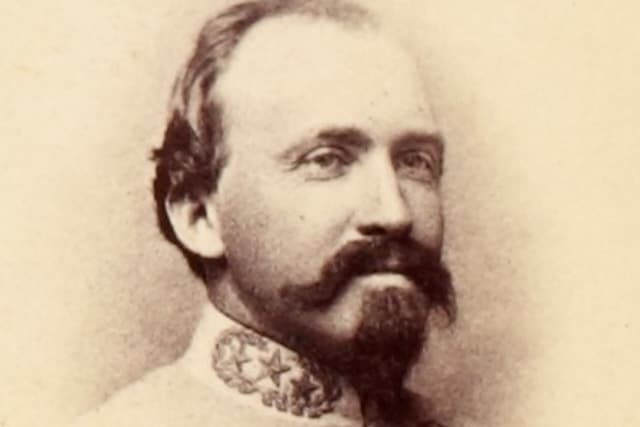
Author is not an unabashed fan of Confederate raiders, considering what those under commanders like William Anderson did at Centralia. Still, there’s no denying the daring and significance of many of their raids, especially in regards to lengthening the Civil War. Surely the one that John Hunt Morgan began on June 11, 1863, at the head of 2,400 cavalrymen was one of the boldest. He had been ordered to move from Sparta, Tennessee, and invade Kentucky to distract the Union armies, but he was not to cross the Ohio River under any circumstances. So on July 8, Morgan crossed the Ohio River with around 1,800 cavalrymen as the rest continued operations in Kentucky. While he was far from the largest Union armies, there were 100,000 Union troops against him, albeit widely scattered.
It turned out Morgan’s orders had been much more reasonable than he would have liked, for the Union command quickly figured out where he was going. At Fayetteville, West Virginia the 23rd Ohio and 13th West Virginia Volunteers led by future president Rutherford B. Hayes ambushed Morgan on July 19th and cut his numbers in half. The Federals chased them to Salineville, Ohio, and captured Morgan and the remnants of his command on July 26. As we’ll see in a bit, that was nowhere near the worst thing to happen to the Confederate military that season.
6.Belov’s Raids
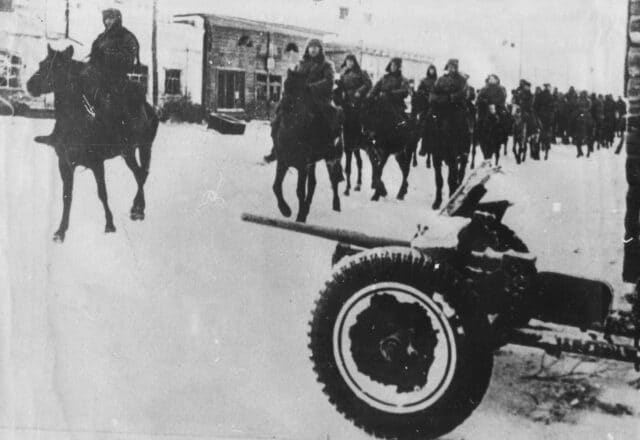
Author has written before about how the winter of 1941-1942 actually didn’t stop the Third Reich’s capture of Moscow and was quite bad for the Red Army’s counterattack. Still, one force of the Red Army came away from the largely disastrous counterattack with a massive credit under their belt. It was the 1st Cavalry Corps under General Pavel Belov. A large number of German divisions were positioned in a salient point in the Rhzev area, and Belov’s cavalry was sent behind the front in an attempt to cut the salient supply lines.
The corps would find itself cut off, surrounded, and badly outnumbered. Yet Belov’s forces were sufficiently resourceful that they tied down seven divisions for six months, aided in no small part by the many partisans that were rallying against the Axis army as their extermination operations were making it clear they were not the heroic liberators many initially took them to be. Ultimately, Belov and roughly 2,000 under his command would break back out of the encirclement, and Belov would go on to become one of the most acclaimed Soviet commanders of the war.
5.The Whitehaven Raid
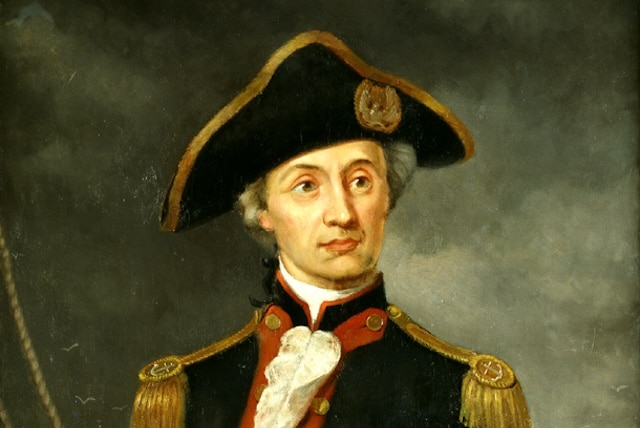
During the American Revolution, it was widely assumed that all the battles would occur on American soil, given the overwhelming strength of the British army and navy. However, in 1778, John Paul Jones—a name that would later become legendary after his famous capture of the British ship Serapis and his defiant cry, “I have not yet begun to fight!”—decided to take the fight to Britain itself. His target? The bustling port town of Whitehaven in northwest England, home to around 400 merchant ships. Jones aimed to strike a psychological blow by raiding the town and setting its fleet ablaze.
Jones and his crew crossed the Atlantic and launched their daring plan. With thirty commandos split into two boats, they set out to capture two forts and burn the merchant ships to ashes. Jones’s team managed to land, seize their target fort, and disable its cannons, ensuring a safe escape. But the other boat? Well, their mission unfolded like a comedy of errors. First, they were delayed by three hours due to trouble with the tide. Then, after finally making it ashore, the crew decided to visit a local pub and got thoroughly drunk. When Jones found them, he was understandably furious. Despite his anger, he tried to carry out the mission, setting fire to the town and ships. But the town’s fire brigade, well-prepared since the Great Fire of London in 1666, quickly extinguished the flames.
In the end, Jones and his men escaped without causing significant damage—or suffering any themselves. Yet, their raid sent shockwaves across Britain. The mere idea that the American rebels could strike so close to home left many coastal towns on high alert for years. It was a bold, if not entirely successful, move that showcased the audacity and unpredictability of the American forces. This little-known episode of the Revolution is a fascinating reminder of how even small, unconventional actions can have a lasting impact.
4.The Doolittle Raid
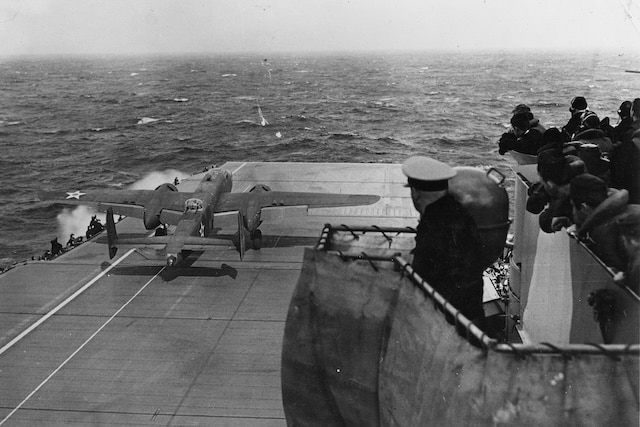
Anyone who’s seen Michael Bay’s 2002 film Pearl Harbor knows the Doolittle Raid was how the US Armed Forces saved face after the humiliation of four battleships being sunk and about 2,000 lives being lost during the sneak attack. On April 18, 1942, 16 B-25 Mitchells took off for Tokyo, starting more than half again over the original distance they originally intended. There would be no returning: They had to fly for China and hope they could land in airfields controlled by the Allies.
The bombing killed 50 Japanese people, mostly civilians, and wounded about 400 others, but did little structural damage. So when the bombers were found to be too low on fuel to reach their airfield objectives and had to crash land, Commander James Doolittle’s belief that he would be court-martialed for losing 16 planes and three personnel while inflicting little damage on the enemy seems understandable. Considering the boost the attack had for US morale and the way it disrupted Japanese public sentiment to a point where it changed military strategy, it’s also understandable that he received the Medal of Honor instead.
Initially ignored but increasingly more mentioned, the raid cost China’s population by far the most of any nation involved. Both because it revealed just how vulnerable Japan could be to air attacks from China and simply thirsty for revenge, the Japanese military launched a series of reprisals that by some accounts left hundreds of thousands of Chinese dead. If Doolittle’s men had given any sort of American gift to a Chinese person in compensation for kindness, they were very likely unknowingly giving that person a death sentence. It also seemed to influence the decision for just where to place the infamous Unit 731, as it was quite close to Chuchow, the Doolittle raiders’ intended destination. Such are the greatest sacrifices in war often overlooked.
3.The Osel Air Raid
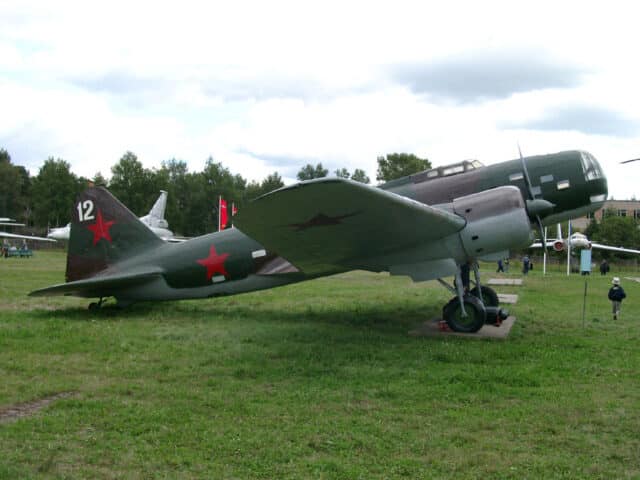
When the Third Reich launched Operation Barbarossa on June 22, 1941, and invaded the Soviet Union, they caught the Red military completely off guard, destroying 1,200 Soviet plans in a single day. By July they were launching bombing runs on Moscow itself. General Secretary Joseph Stalin caught wind of the effect the raids on Moscow were having on Soviet morale and so ordered air raids on Berlin itself in retaliation.
This was no idle command, as Berlin was the best-defended city in Europe and tore through squads of Allied aircraft on the regular. So when 15 Ilushyin DB-3 bombers took off from Osel, Estonia for Berlin on July 7, 1941, the years’ obsolete planes were generally regarded as being sent on a suicide mission. Such was their condition that the crews needed to perform wing repairs on them in midair.
Fortunately for them, Berlin’s anti-aircraft guns were pointed toward the United Kingdom and it was Reich policy to keep all peacetime lights on at night. When the DB-3s flew over the capital, they were largely misidentified as errant Luftwaffe aircraft and sent signals asking them who they were. Five bombers were able to reach their targets and put the fear of the proletariat into the Reich. Not that it had much material effect, as subsequent raids quickly found themselves running into fully alerted anti-aircraft, and as many as eighteen bombers would be lost in a night until the Wehrmacht conquered Osel in August 1941 and the raids ended. Still, the raids boosted Soviet morale at a time when any support was desperately needed.
2.Harper’s Ferry Raid
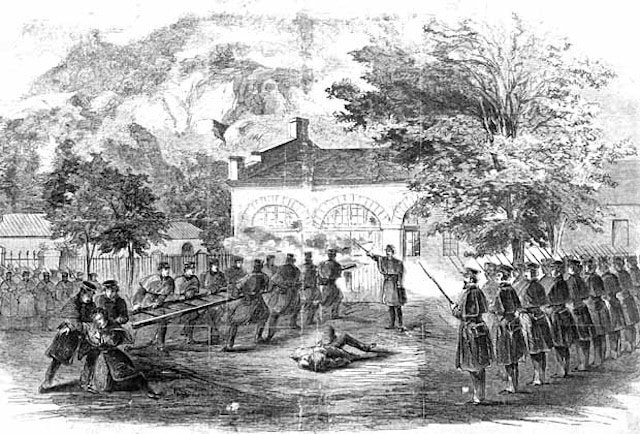
20 men versus the institution of slavery in the United States. That was what John Brown could bring to muster against the Virginian Harper’s Ferry Armory on October 16, 1859, with the intent of arming a slave revolt that would spread throughout the South. Brown hoped that if he seized the thousands of small arms in the armory, enough of the 18,000 slaves in surrounding counties would rise up that they could overwhelm all militias and marines sent to put them back down. Both Frederick Douglass and Harriet Tubman had denounced the plan, with Douglass warning Brown he was leading his insurrectionists into a “perfect trap.”
While the raiders did seize control of the armory and took eleven hostages, one of the first people they killed was a free black porter named Hayward Shepherd, which likely contributed to the fact far fewer slaves rose up in revolt than Brown needed. Over the next two days, Brown’s men were surrounded by thousands of militia members and several attempts to negotiate their release resulted in an abolitionist being shot dead. By October 18, a force of 90 marines broke into the armory and captured the remaining raiders in less than three minutes. Brown and other captured raiders would be put to death on December 2, 1859. Only five of the original group lived to tell the tale.
Once again, short-term failure turned out to be a long-term triumph because of how Brown conducted himself through his trial and execution. His belief that his martyrdom would provide the impetus needed to cleanse the sins of the nation with blood left him fearless in the face of the gallows. Millions throughout the nation were inspired on both ends of the political spectrum, with even many slavery supporters offering him a grudging respect. No less than John Wilkes Booth, who witnessed the execution, would despite his admiration for the Confederacy write admiringly of Brown for years after his execution and say that Lincoln wasn’t fit to follow in the footsteps of that “rugged old hero.”
1.Grierson’s Raid
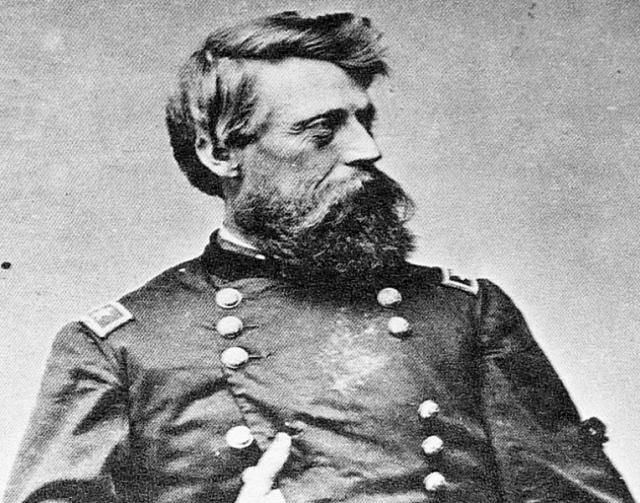
On April 17, 1863, Union soldiers led by Ulysses S. Grant found themselves in a precarious situation. They had just navigated the dangerous waters near Vicksburg, Mississippi, and were largely cut off from their supply lines. If Confederate General John Pemberton acted quickly, he could trap Grant’s forces with their backs to the Mississippi River, potentially repeating a near-disaster like the one at Shiloh the previous year. But the Confederates were distracted—by a daring raid led by Benjamin Grierson and his 1,700 cavalrymen.
Grierson’s mission was nothing short of extraordinary. Starting in Tennessee, his troops rode through Mississippi and into Louisiana, covering an astonishing 600 miles in just sixteen days. Despite being outnumbered more than 20 to 1, they managed to inflict hundreds of casualties while losing fewer than 20 of their own men. But the real impact of their raid wasn’t just in the numbers—it was in the chaos they created. By keeping the Confederate forces occupied, Grierson’s men prevented them from moving south to attack Grant. This diversion played a crucial role in Grant’s eventual victory at Vicksburg, a turning point that significantly weakened the Confederacy.
What makes this story even more fascinating is the man behind the raid. Before the war, Benjamin Grierson was a music teacher who, ironically, hated horses. Yet, he led one of the most effective cavalry operations of the Civil War, achieving results that far exceeded expectations. It’s a reminder that sometimes, the most unlikely people can change the course of history.











